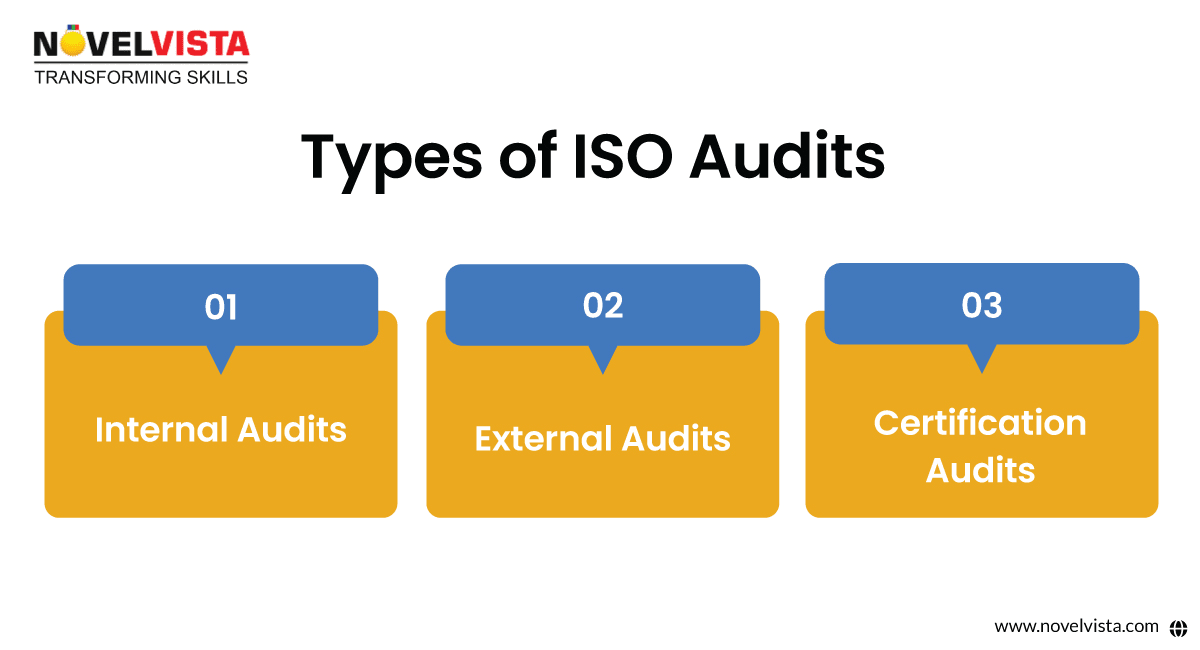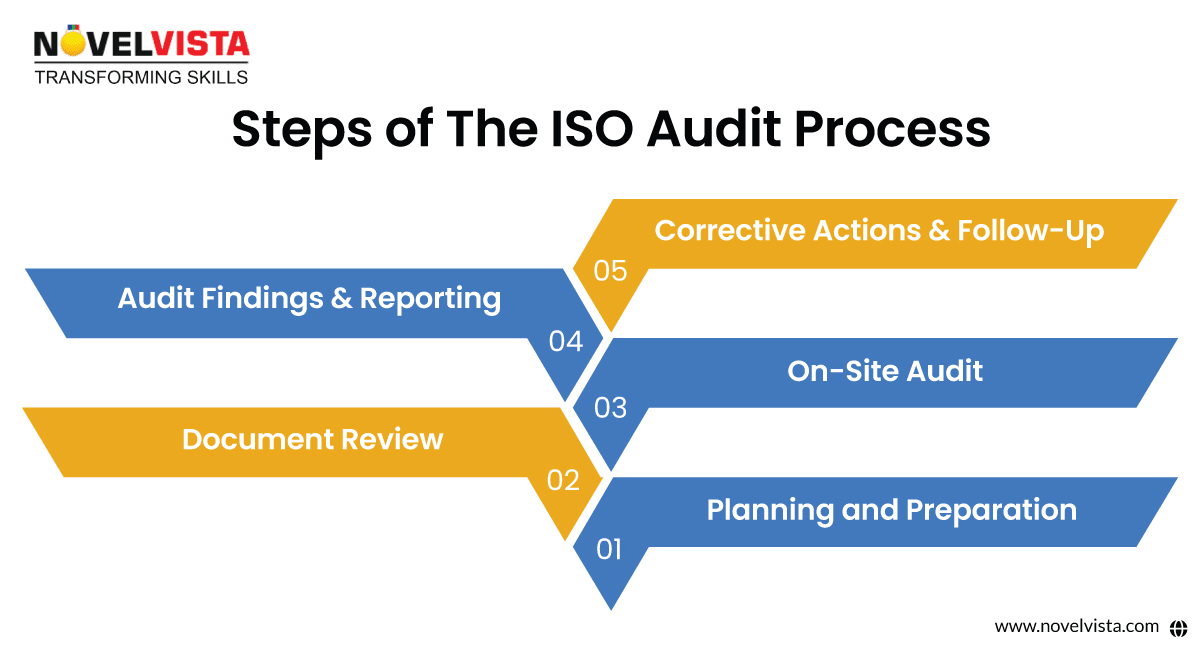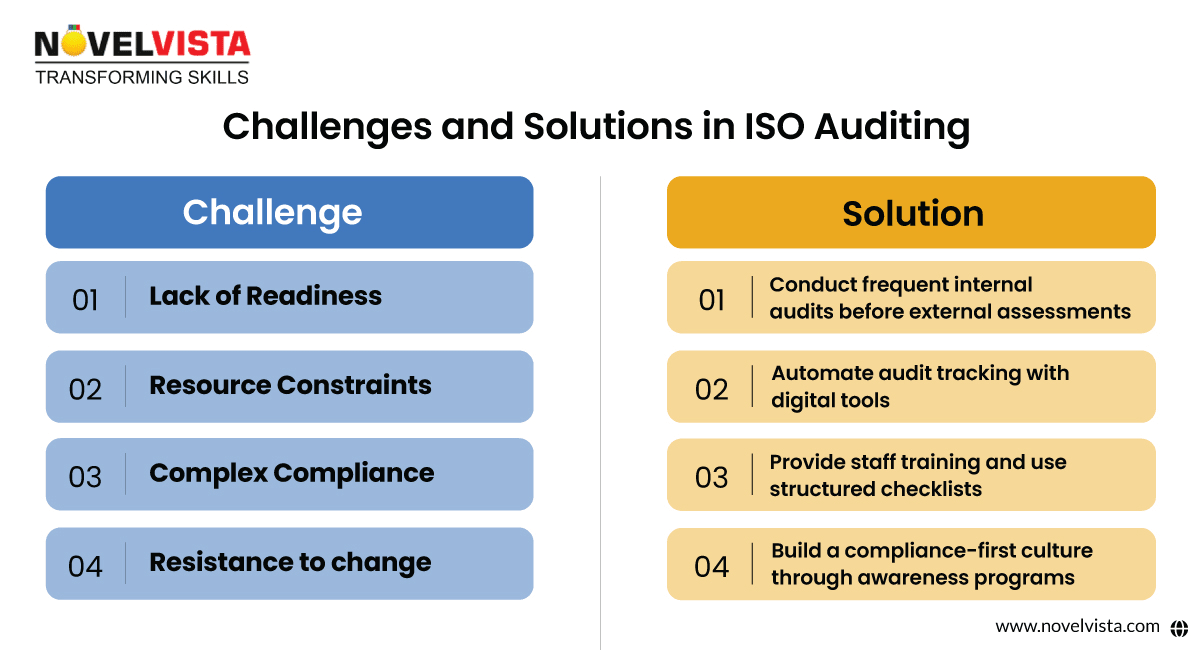"Quality is not an act, it is a habit. Continuous improvement is the key to staying competitive."
Globalization is heating up industry competition, pushing businesses to adopt international standards to get ahead. Healthcare, tech, and manufacturing firms are finding ISO (International Organization for Standardization) audits helpful. They build credibility, ensure rules are followed and promote ongoing improvements. Still, simplifying the ISO audit process is tough due to all the detailed rules involved. This all-in-one guide digs into why ISO audits matter for quality control in the healthcare, tech, and manufacturing sectors. It takes apart the tricky ISO 27001 certification journey, pinpoints usual hurdles that companies meet, and shares smart moves to make audit practices more efficient. Medical centers, production facilities, and tech companies need to understand ISO audit methods now. It's not only valuable, it's critical. Businesses need to excel, keep their data safe, and meet high standards. This guide can help. It gives quality assurance teams and operations the knowledge to promote compliance, use technology for better audits, and meet global supply chain standards. ISO audit methods can improve things. Better healthcare? Yes. Stronger information systems? Absolutely. Top-notch manufactured products? Indeed.
ISO audits are key for healthcare organizations, tech firms, and manufacturers. They help to tidy up procedures, boost performance, and earn worldwide acclaim.In the health sector, ISO validation shows that a hospital or clinic is dedicated to giving excellent patient care. It proves they're serious about reducing mistakes and risks.Audits that examine clinical rules, machine upkeep, and record management can change the way care is given. They also boost public confidence.Let's takeISO 9001audits as an example. They enhance procedures in vital areas like infection prevention, drug dispensing, and continuity of care during staff shift changes.In the same vein, ISO 13485 audits allow for corrections and improved safety in the formation of medical machines.Tech companies count a lot onISO 27001information security audits. These audits shield intellectual property, ensure data credibility, guard privacy, and keep cyber threats at bay.Discovering access control gaps, outdated patches, or unauthorized changes through audits, prompts swift rectification. Cloud services like AWS promote ISO 27001 compliance, assuring clients of their assets, and application security.In manufacturing, ISO quality checks are crucial. They enhance production systems, reduce product flaws, and avert recalls.Audit outcomes that expose inferior materials, calibration discrepancies, or weak process controls stimulate improvement. Software manufacturers achieve ISO 9001 certification, guaranteeing customers stringent development, quality testing, and robust delivery protocols.So, routine ISO audits greatly assist critical organizations. They demonstrate a dedication to excellence, striving for the pinnacle.
The International Organization for Standardization, or ISO, has created a plethora of rules.These rules offer a pattern for companies in different fields. They help setup and keep up topnotch quality and management systems.These standards have global recognition. They offer a structured way to attain excellent performance in operations.
Here are some commonly used ISO standards and how they are applied:
ISO certification is a big deal for businesses. It means they’ve gone through tough checking by third-party groups.These groups look at if the company is meeting the ISO standard's rules. Being certified shows a company’s dedication to quality, caring for the environment, and keeping information safe, among other things covered by the specific standard.The benefits of ISO certification are more than just looking good. It gives a company an edge over rivals by showing they play by the rules set out internationally. It opens doors to new markets, boosts customers' trust, and encourages ongoing betterment within the company.
 Organizations undergo different types of audits based on their goals:
Organizations undergo different types of audits based on their goals:
For businesses managing sensitive information, obtaining ISO 27001 Lead Auditor Certification is essential for upholding security compliance.
A clear audit operation helps companies plan effectively. Here’s a structured approach:
Enrolling in ISO 9001 Lead Auditor Training and Certification is highly recommended for professionals looking to master the ISO audit process.

ISO audits work by following a thorough, designed technique. This technique checks if a company is following the rules of the specific ISO standard being reviewed. The entire process includes these steps:
When needed, a Follow-up Audit takes place. How serious and what kind of non-conformities decide this? The certification body will then validate the corrective measures taken. Granting certification only happens if these actions are effective.The Certification Decision stage comes next. Here, the organization shows it matches the ISO standard's rules and fixed any issues.If everything goes according to plan, the ISO certification is awarded. This honor generally lasts for three years. However, during this time, routine check-ups or audits occur.EveryISO auditis comprehensive, fair, and always aiming at continued improvement. It's the responsibility of the organizations to keep up with their management structures and constant compliance with ISO rules. This continuous effort ensures the certification remains.

To dive deeper into common challenges, check out ISO Auditing: Challenges and Insights at NovelVista. Organizations may also struggle with challenges to implementing ISO 27001, which requires a proactive approach.
For top-notch results in ISO audits, best practices are a must for IT, healthcare, and manufacturing firms. The first step?Fostering a quality-focussed, compliant culture across the entire company. All employees need to get involved in it.That means giving the right amount of resources and pushing for ongoing refinement. Next? Routine self-checks.These help spot potential improvement spots and non-conformities ahead of time. Teamwork and communication among all the departments and stakeholders? Non-negotiable. Effective ISO audits can’t happen without them.Lastly, don't view ISO audits as just a box to check for compliance. Instead, see them as learning opportunities for growth. Stick to these best measures, and reap the full benefits of ISO audits for ongoing improvement.
ISO audits bring excellent benefits. Yet, certain obstacles may prevent them from yielding expected returns.
Overcoming these challenges is crucial, particularly for healthcare, IT, and manufacturing firms.They seek tangible advantages from implementing audit frameworks such as ISO. Essential steps involve educating personnel, procuring GRC applications, and aligning audits with business objectives.
Easing ISO audit rules is simpler than you think. One great way is by creating dedicated teams.These teams handle the auditing procedures.They need to know their ISO stuff. Plus, they have to know how to audit and be able to make changes, if needed.Another tip? Use tech! Audit management software makes auditing way simpler by getting rid of repetitive tasks, keeping all necessary paperwork in one location, and helping auditors work together.But don't stop there. Always strive to be better. Running regular in-house audits and nipping any issues in the bud is key.By doing all this, any business can supercharge their ISO auditing skills and enjoy more success.
Tech helps with ISO audits. Tools present make work smooth and accurate.Things like audit management software do a lot. They automate tasks such as scheduling, handling documents, and report-making.This software lets auditors tidy up their workflow. It makes finding important files easy and report creation complete.Besides, frameworks can utilize data analytics tools. This inspects audit results, finds trends, and helps make sound decisions. It's all for better processes.What's more, cloud solutions amplify productivity. They let auditors in diverse locations work together in real-time. Taking up tech solutions allows firms to better their ISO audits. This leads to higher success.
ISO auditors need solid education and training. These folks have to learn many things to do great audits.Companies should invest in thorough training. The stuff they need to know includes ISO rules, how to do audits, and laws they have to follow. Training might be done by seasoned auditors or outside trainers.Also, auditors should keep learning to stay current with new industry stuff and top-notch ways of working.They can go to workshops, seminars, and conferences. Here, auditors learn more, share their experiences, and sharpen their audit skills. By putting education and training first, companies ensure their auditors can do excellent ISO audits.
Gain the expertise to drive ISO compliance in your organization.
The rising importance of ISO standards in various sectors underscores the need for streamlined auditing. It's vital for organizations to reinforce their credibility, meet requisite compliance rules, and consistently improve.Health care, IT, and manufacturing industries have embraced ISO certification, seeing it as a marker of excellence rather than just a competitive edge.However, balancing international norms with specific industry regulations is complex.Enhancing audits demands a comprehensive strategy. It calls for leadership dedication, knowledge spread across all roles, appropriate resource allocation, and implementation of tech tools.By funding auditor education initiatives and supporting cloud-based audit tracking, quality assurance groups can boost efficiency to a great extent.Regular self-evaluations and continuous advancements need to be woven into the fabric of the organization's culture.Healthcare workers, tech pioneers, and factories are at the forefront of quality improvement.This makes our future look promising and enduring. This detailed ISO audit handbook is now available to guide them.It offers vital techniques and proven worldwide methods, essential for their upcoming growth phase.This handbook outlines essential principles. These principles help in building better healthcare networks, information systems, and supply chains that can outshine on the international level.
Confused about our certifications?
Let Our Advisor Guide You